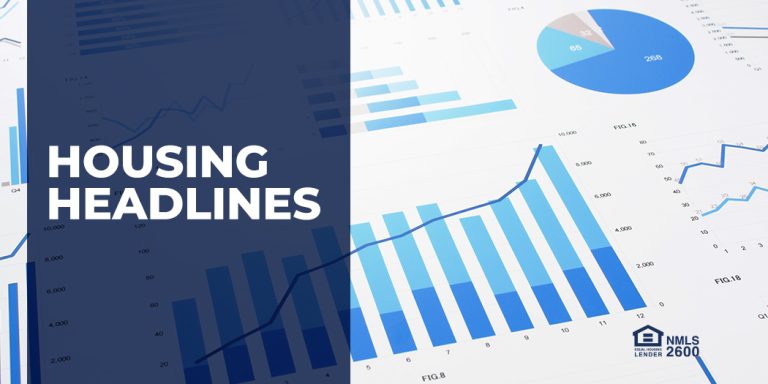Sales of new single-family homes decreased 13.7% to a 623,000 annualized rate last month, a seven-month low; sales of previously owned homes rose very slightly in May, up 0.8% from […]
Latest News Category: News
May new home purchase mortgage applications decreased 4.5%; mortgage rates fell for the third straight week, slipping to 6.81%; mortgage applications decreased 2.6% from one week earlier; U.S. home prices […]
Mortgage applications increased 12.5% from one week earlier; mortgage credit availability increased to its highest level since August 2022; mortgage activity dropped 14% in Q1 2025; U.S. homeowners with mortgages […]
Mortgage rates dropped for the first time in more than a month; mortgage applications decreased 3.9% from one week earlier; year-over-year price growth slowed to 2% in April; May boasted […]
Pending home sales declined 6.3% in April; Mortgage applications decreased 1.2% from one week earlier; U.S. house prices rose 4.0% between the first quarter of 2024 and the first quarter […]
Mortgage applications decreased 5.1% from one week earlier; sales of previously owned homes in April declined 0.5% from March; Fannie Mae released its 2025 Economic and Housing Outlook, which projects […]
The U.S. spring home-buying season had its weakest start in five years; mortgage applications increased 1.1% from one week earlier; the number of homes for sale rose to the highest […]
Mortgage applications increased 11% from one week earlier; Fannie Mae’s Home Purchase Sentiment Index ticked up slightly to 69.2; U.S. housing inventory reached its highest level since the pandemic began; […]
Pending home sales jumped 6.1% in March; mortgage applications decreased 4.2% from one week earlier; interest rates fell for the second week in a row, from 6.76% from 6.81%; Fannie […]
The new digital language platform helps bridge the communication gap between borrowers and lenders by displaying essential mortgage disclosures, documents and borrower communications in the customer’s language of choice. ANAHEIM, […]


